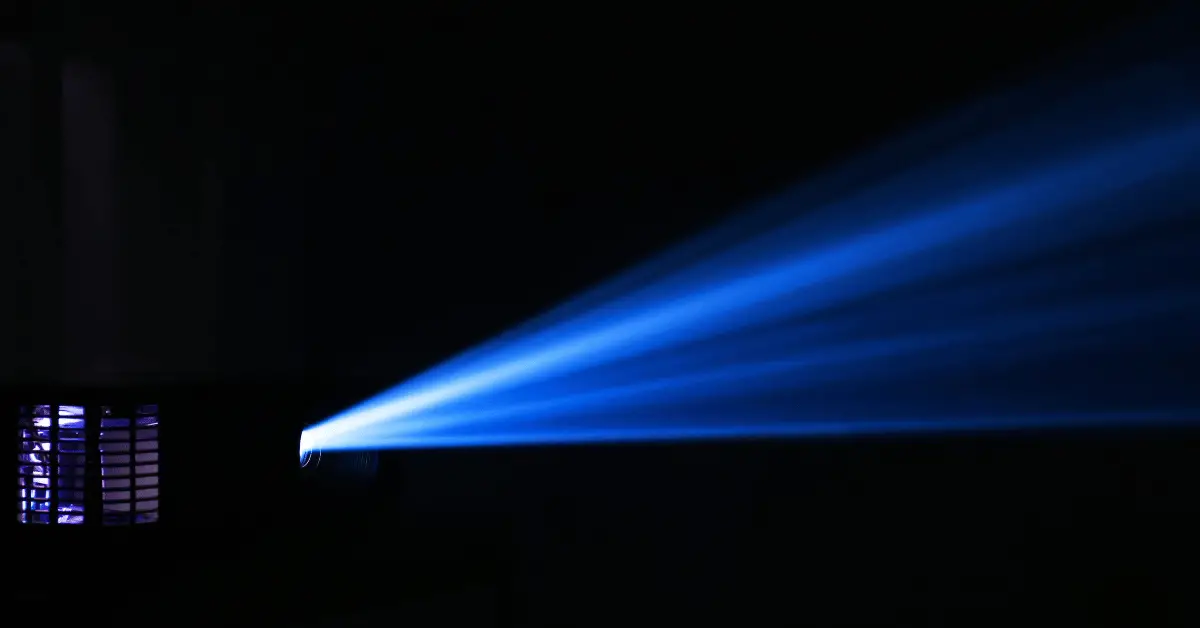Projectors are versatile and dynamic tools that can be used for a variety of purposes beyond just displaying movies or slideshows. With their high-quality visuals and large display capabilities, projectors can transform any space into an immersive experience. From creating an impressive home theater setup to using it for business presentations or playing video games, the possibilities are endless. In this article, we’ll explore some of the best things to do with a projector, providing you with inspiration and ideas to make the most out of this powerful tool.
Table of Contents
What Are The Best Things to Do with a Projector?
- Host a Movie Night: One of the most popular uses for a projector is to create a home theater experience. With a large screen and high-quality sound system, you can transform your living room into a cinematic experience that rivals the local movie theater. Stream your favorite movies or TV shows and settle in for an unforgettable movie night.
- Gaming: Gaming on a large screen is a completely different experience from playing on a small monitor. Hook up your gaming console or PC to your projector and immerse yourself in your favorite games. The larger display makes it easier to see details and enhances the overall gaming experience.
- Create an Immersive Presentation: Whether you’re presenting to a small group or a large audience, a projector can help take your presentations to the next level. Use a projector to display slides, videos, and graphics in a large format that’s easy for everyone to see. This is especially useful for presentations that require a lot of visual aids.
- Outdoor Movie Nights: Projectors are perfect for outdoor movie nights. With a portable projector and screen, you can set up a backyard theater and enjoy movies under the stars. This is a great way to enjoy warm summer nights with family and friends.
- Art Projects: Projectors can also be used for art projects. If you’re an artist or designer, you can use a projector to project your designs onto a canvas or wall, making it easier to create large-scale artwork or murals.
- Virtual Tours: Projectors can also be used to create immersive virtual tours of museums, historical sites, or other places of interest. By projecting images onto a large screen, you can create a more engaging and interactive experience that transports viewers to different locations.
What is most important in a projector?
When it comes to choosing a projector, there are several factors to consider, but there are a few that are particularly important:
- Brightness: The brightness of a projector is measured in lumens. The higher the lumen rating, the brighter the projector’s image will be. If you plan to use the projector in a well-lit room, you’ll need a projector with a higher lumen rating. For darker rooms, a lower lumen rating may suffice.
- Resolution: The resolution of a projector determines the level of detail in the image. The higher the resolution, the clearer and crisper the image will be. For best results, consider a projector with a native resolution of 1080p or higher.
- Contrast Ratio: Contrast ratio is the difference between the brightest and darkest parts of an image. A high contrast ratio will result in a more vivid and dynamic image. Aim for a contrast ratio of at least 1000:1.
- Connectivity: Make sure the projector has the right inputs and outputs for your needs. At a minimum, you’ll want an HDMI input to connect to your computer or media player. Other connectivity options might include VGA, USB, and audio inputs/outputs.
- Lamp Life: The lamp in a projector will eventually need to be replaced. Look for a projector with a long lamp life to minimize the need for replacement. Lamp life can range from a few thousand hours to over 20,000 hours.
- Throw Ratio: The throw ratio is the distance between the projector and the screen, divided by the width of the image. This determines the size of the projected image. Make sure the projector has the right throw ratio for your room size and screen placement.
In conclusion, brightness, resolution, contrast ratio, connectivity, lamp life, and throw ratio are all important factors to consider when choosing a projector. By taking these factors into account, you can select a projector that will meet your needs and provide the best possible viewing experience.
Conclusion
In conclusion, there are several important factors to consider when choosing a projector, but the most important ones are brightness, resolution, contrast ratio, connectivity, lamp life, and throw ratio. By considering these factors, you can select a projector that meets your needs and provides a high-quality viewing experience. When purchasing a projector, it’s also important to keep in mind your budget and the intended use of the projector. Whether you’re using the projector for movie nights, gaming, presentations, or other activities, taking the time to choose the right projector can make a big difference in the quality of the experience.

